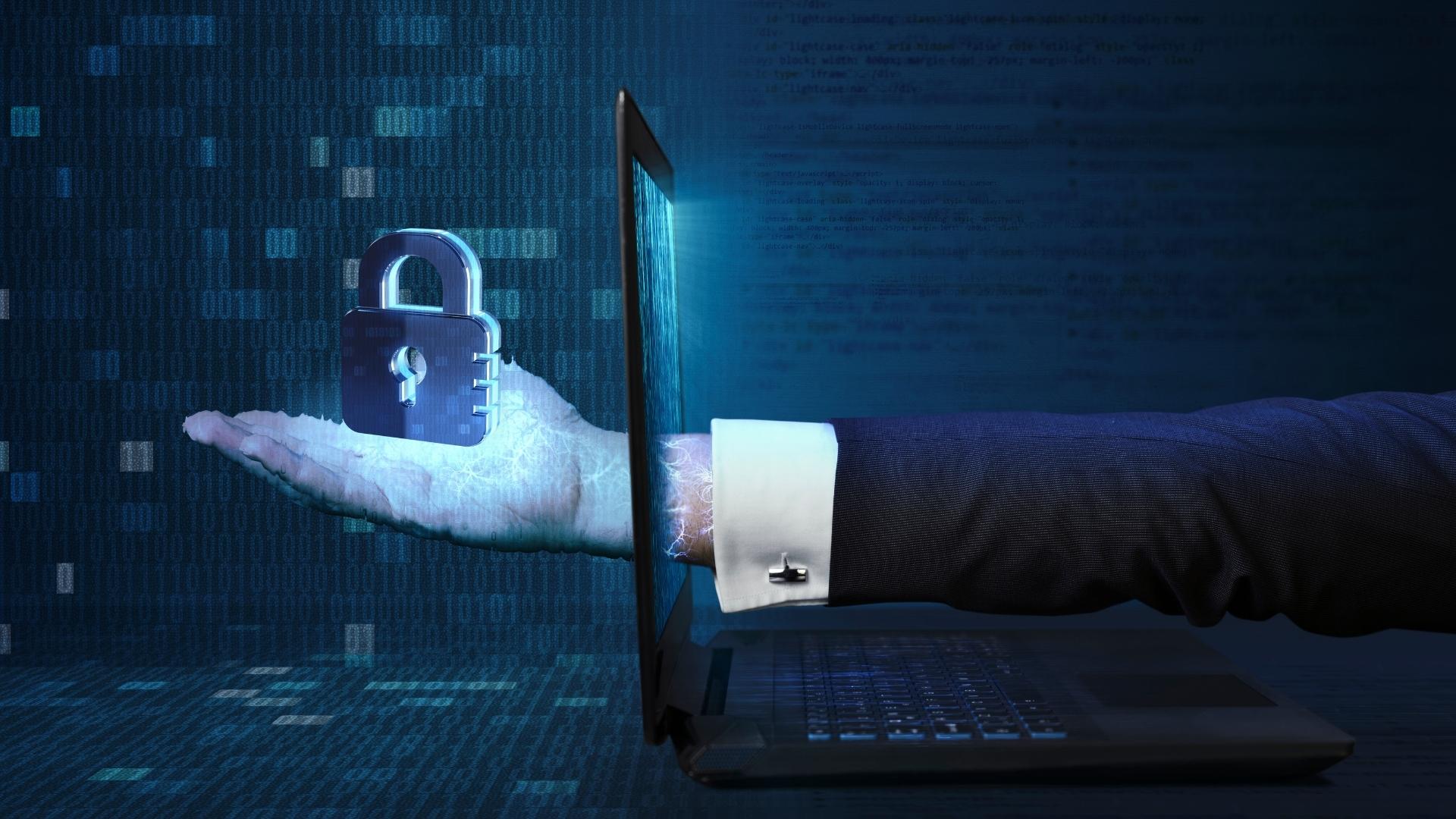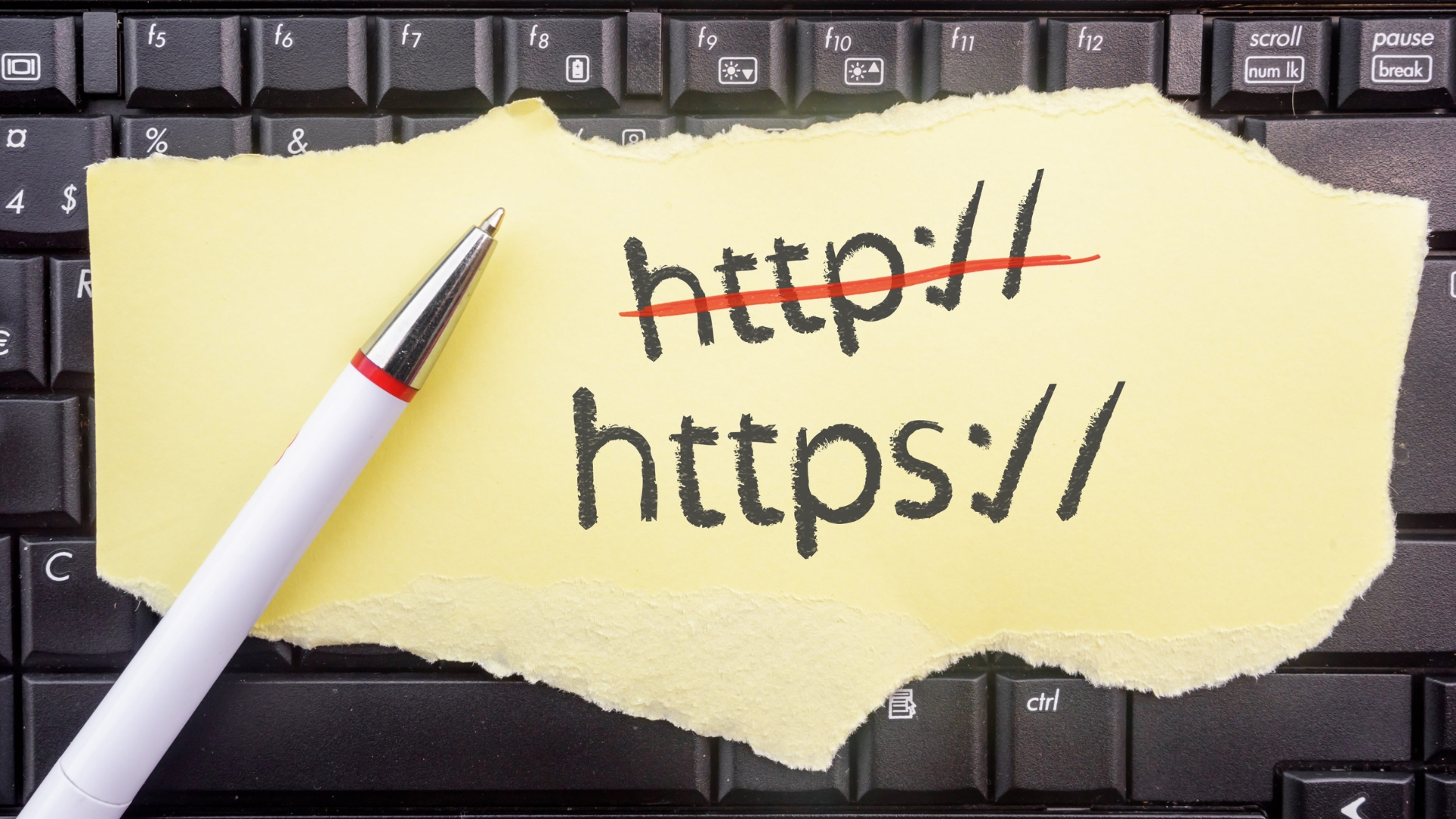4 Innovative End User Verification Methods to Use Across Your IT Setup
Hey there, welcome to Bizco – your friendly guide to simplified computing security. In the dynamic realm of digital landscapes, verifying end users emerges as a crucial cornerstone of effective security. In this blog, let's dive deeper into the world of computing security and explore innovative yet down-to-earth ways to verify end users. No tech jargon – just practical insights to keep your systems secure.
1. Two-Factor Authentication (2FA)
Now, let's spend a bit more time understanding the simplicity and effectiveness of Two-Factor Authentication (2FA, MFA, or Multi-Factor Authentication). This revolves around the brilliance of enhancing security by requiring users to provide two forms of identification before gaining access. The go-to combination is a traditional password combined with a temporary code that’s texted or emailed to a user. 2FA is like a trusty double lock on your digital door that significantly raises the bar for unauthorized users trying to gain entry.
2. Biometric Authentication
Biometric authentication brings a human-centric approach to digital security. These methods utilize unique physical or behavioral attributes like fingerprints, facial features, or voice patterns to verify end users. It's like integrating a (sometimes literal) digital fingerprint – a one-of-a-kind identifier ensuring only authorized individuals can access sensitive information.
By adding a touch of humanity into the verification process, unauthorized users will almost certainly be unable to mimic or replicate a necessary login. This heightened security may be just what you’re looking for!
3. Behavioral Analytics
Unlike other methods, behavioral analytics take a subtle yet robust approach to end-user verification. This method revolves around analyzing a user’s behavioral patterns to detect an anomaly that might signal a security threat. Think of it as having a digital detective that keenly observes and learns from user behavior, providing an additional layer of protection against unauthorized access.
By understanding a user’s normal actions, the system can identify deviations and take proactive measures. This verification method adds a level of sophistication to your security strategy and computing environment.
4. USB Security Keys
Physical USB security keys serve as a secure means of user authentication. Users insert the security key into their device's USB port to gain access, offering a tangible, hands-on layer of security. It's akin to having a physical key to your digital kingdom, ensuring that only individuals with the corresponding USB security key can unlock access to your systems. This method not only verifies users but also adds a layer of physicality to the security process, contributing to a comprehensive and effective security strategy.
Conclusion:
In wrapping up, the path to securing your computing systems need not be a convoluted puzzle. At Bizco, we advocate for practical and innovative solutions that focus on your business’s needs. Two-Factor Authentication (2FA), biometric authentication, behavioral analytics, and USB keys are all expert end user verification methods that ensure you won’t get bogged down by technology. Implementing these straightforward adds robust security, making it notably more challenging for unauthorized individuals to gain access.
Connect with us to dive deeper into these innovative ways to verify end users and seamlessly integrate any solution into your business’ operations. Remember, simplicity is the key to effective security. Keep it practical, keep it secure – because at Bizco, we've got your digital security covered with a human touch.




_11_11zon.webp)

